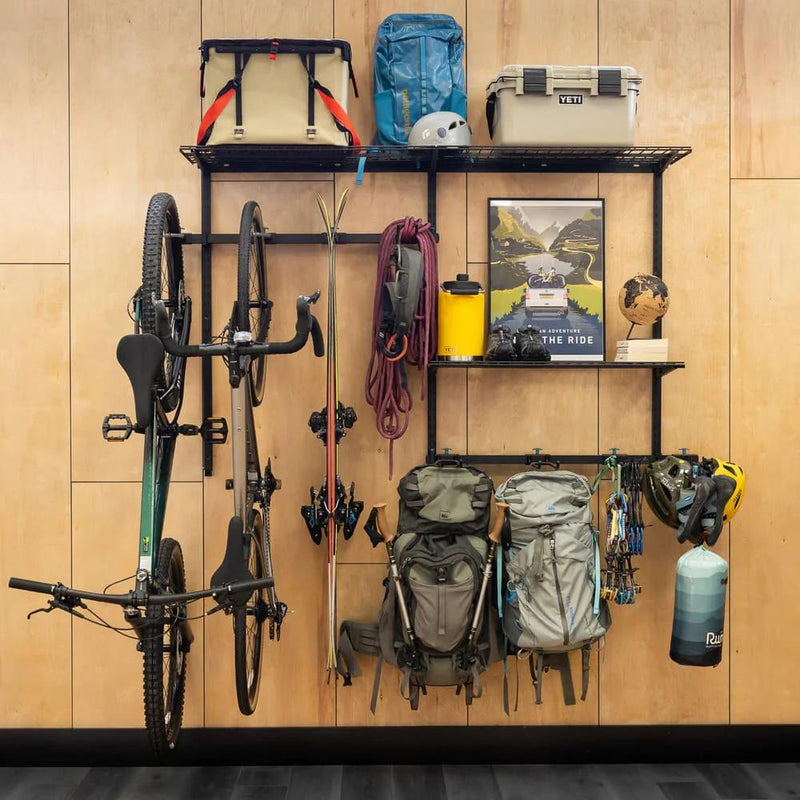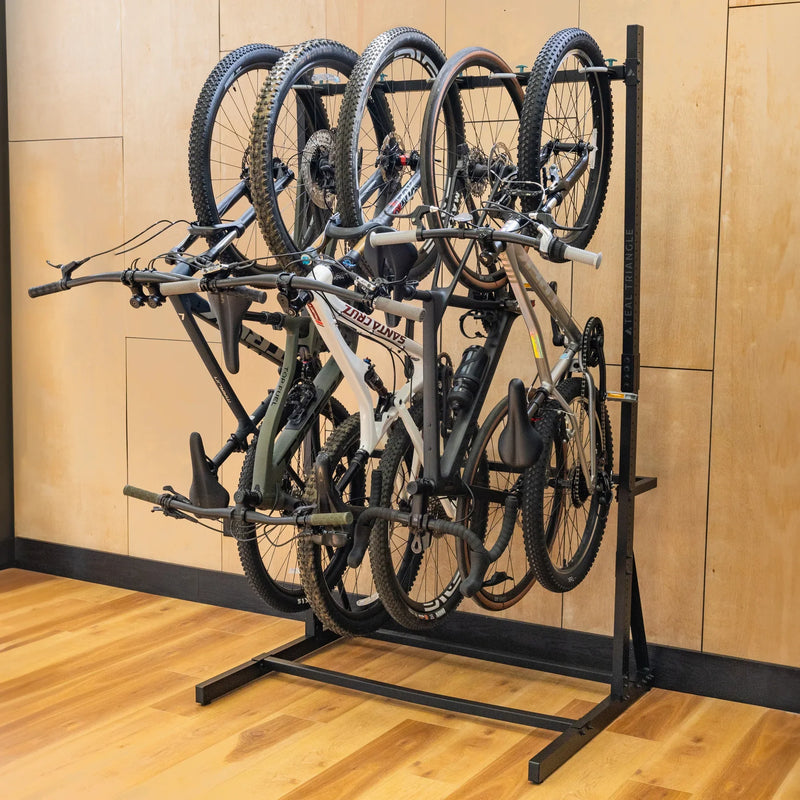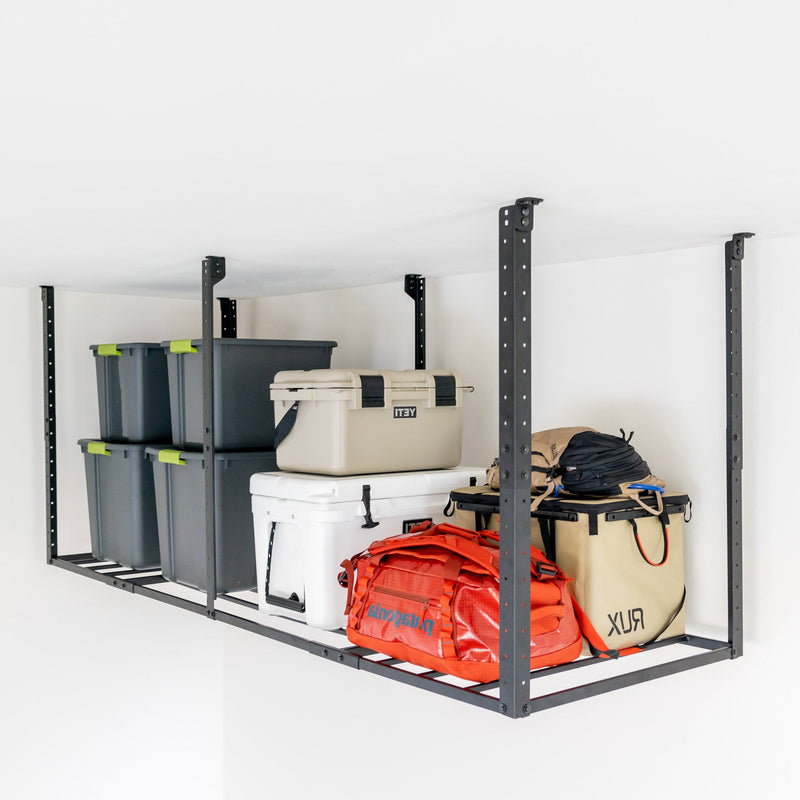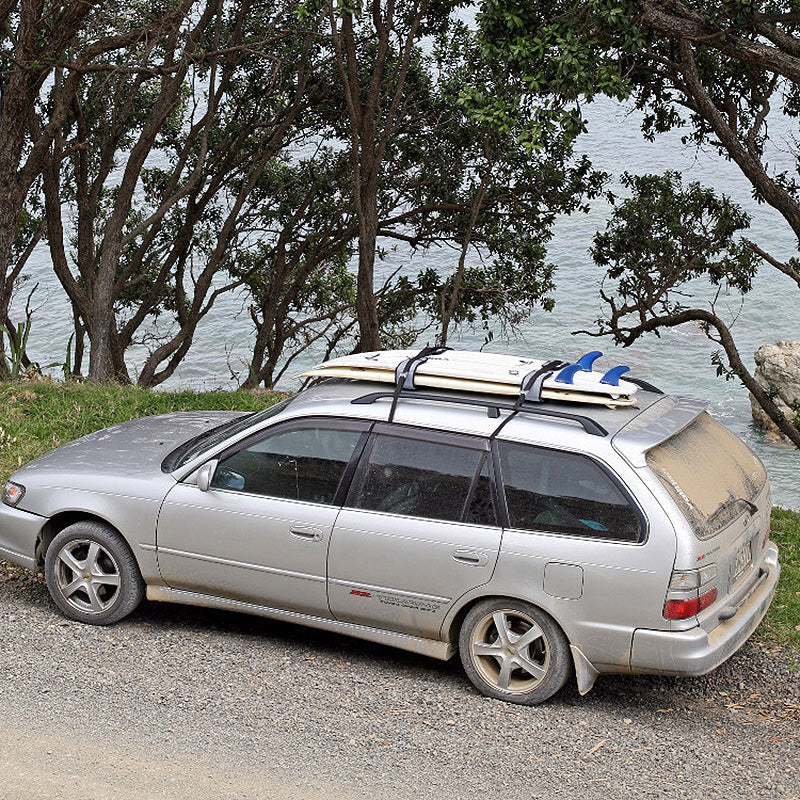Street luging is a sport related to skateboarding which requires a streetluge board, also known as a sled. This wheeled sled is ridden down a set course or paved road. Although the board itself looks quite like a long skateboard (longboard), it is actually ridden with the rider lying on his back on the board, not standing up. In this manner of riding, it is more closely related to the winter sport of luging than to skateboarding.
Although this sport form is related to luging, it is actually one of many sports to grow out of skateboarding culture. Luging originates in Southern California, where it was first conceptualized by downhill skateboarders wanting to go faster on their boards. They found that they could reach higher speeds by lying on the skateboard rather than standing. This early form of street luging is called “classic style” today, and the term “street luge” was actually not used for this style of riding until much later.
The first professionally organized street luging event took place in California in 1975, and was hosted by the U.S. Skateboard Association. This race was based purely on the top speed attained. Because street luging was still in its infancy, board designs varied greatly, from those that looked like regular skateboards to those designed more like skate cars, completely enclosing the rider in a plastic or fiberglass shell set on wheels.
Early street luge races, including the race in 1975, allowed contestants to ride in whichever position they preferred, either standing or lying on the board. However, by 1978 a high rate of injuries led to an end of these races. Although the U.S. Skateboard Association was no longer hosting races, street luge enthusiasts began holding their own events in the 1980s and early 1990s as part of other groups like the Underground Racers Association and the Federation of International Gravity Racing.
Street luging has been rising in popularity since the late 1990s thanks to an increased focus on extreme sports through competitions like the ESPN X Games and the NBC Gravity Games. Although street luging is not currently a sport in either of these large competitions, it is still popular around the globe. By some estimates, there are over a thousand active street luge competitors.
Street luge riders may reach speeds of over 60 miles per hour. In part due to the rider’s very short distance from the ground, street luging can be a dangerous sport. Although it is safer to compete today than in the 1970s thanks to new safety regulations, street luging still requires the wearing of helmets and pads, like most related sports.
Currently, street luge board designs used in competitions must have skateboard-style trucks as well as front and rear padding. Mechanical brakes and a shell to enclose the rider’s body are prohibited. Different sanctioning bodies may have rules on length or width restrictions for boards used in street luging competitions. Most riders use custom-made street luging boards, although a few commercial designs are on the market today.
Street luge courses range from half a mile to 3 miles long, and are always downhill. This sport requires excellent balance and a fast reaction time. If you’re a skateboarder who is looking for the next challenge, try street luging.








